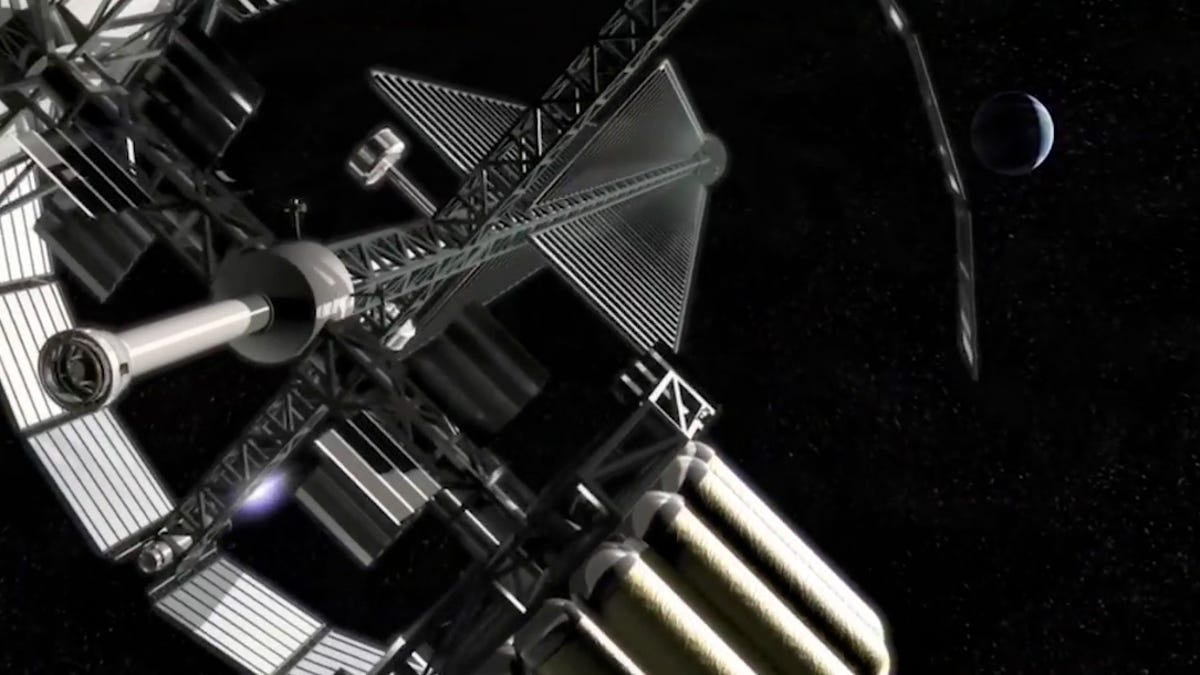Reaching Mars in a few days? It's possible, NASA video says
A new video released by the space agency discusses the possibility of speeding up our missions to other worlds by harnessing the power of lasers.

Ever since NASA announced plans to send a manned mission to Mars in the 2030s and Hollywood got in on the action with "The Martian," the Red Planet has loomed large in our collective imagination. Now, thanks to a video released by NASA, we can add a new bit of heat to Mars fever -- the idea that we could get to the planet in just a few days.
"There are recent advances that take this from science fiction to science reality," scientist Philip Lubin says in the video, titled "Going Interstellar." "There is no known reason why we can not do this."
Lubin is a physics professor working at the University of California at Santa Barbara's Experimental Cosmology Group. Last year he and his team were awarded a proof-of-concept grant from NASA to investigate the use of photonic propulsion to power interplanetary spacecraft.
In that work, Lubin is investigating shooting Earth-orbiting lasers at wafer-thin space vessels to propel them to greater speeds through the vacuum of space. The photons in the laser light would literally push the vessel along, much in the way the solar sail being tested plans to use photons from the sun for propulsion. This is called electromagnetic acceleration and can achieve vastly quicker speeds than chemical propulsion, such as that produced by rocket fuel.
"Electromagnetic acceleration is only limited by the speed of light while chemical systems are limited to the energy of chemical processes," Lubin writes in a paper (PDF) that lays out his road map for this type of space travel.
In the video, Lubin says we are good at achieving relativistic speeds -- which are speeds approaching that of light -- with very small objects like subatomic particles, but that our success with accelerating things at the macro level, like rockets, is "pathetically slow." The goal, he says, is to merge the two.
He also points out that using the same amount of time (10 minutes) and chemical energy (50-100 gigawatts) it will take to get the Space Launch System (SLS) into orbit, his proposed system could propel a craft to 30 percent the speed of light -- getting a 100-kilogram (about 220-pound) robotic craft to Mars in just a few days. The SLS is the world's most powerful rocket, now being developed by NASA for an eventual manned mission to Mars.
And while Mars is certainly the nearest goal for the use of this technology, there's no reason to think it can't be used to propel our technology beyond our solar system. Lubin is quick to point out in the video that the nearest star system to our own is Alpha Centauri, just four light-years away, which, according to a report on Lubin's work by the UCSB Current, could take just 20 years to reach using photonic propulsion.
"The human factor of exploring the nearest stars and exoplanets would be a profound voyage for humanity, one whose non-scientific implications would be enormous," Lubin writes in his paper. "It is time to begin this inevitable journey beyond our home."
The video was released last week by NASA 360, a half-hour vodcast developed by NASA in partnership with the National Institute of Aerospace.

